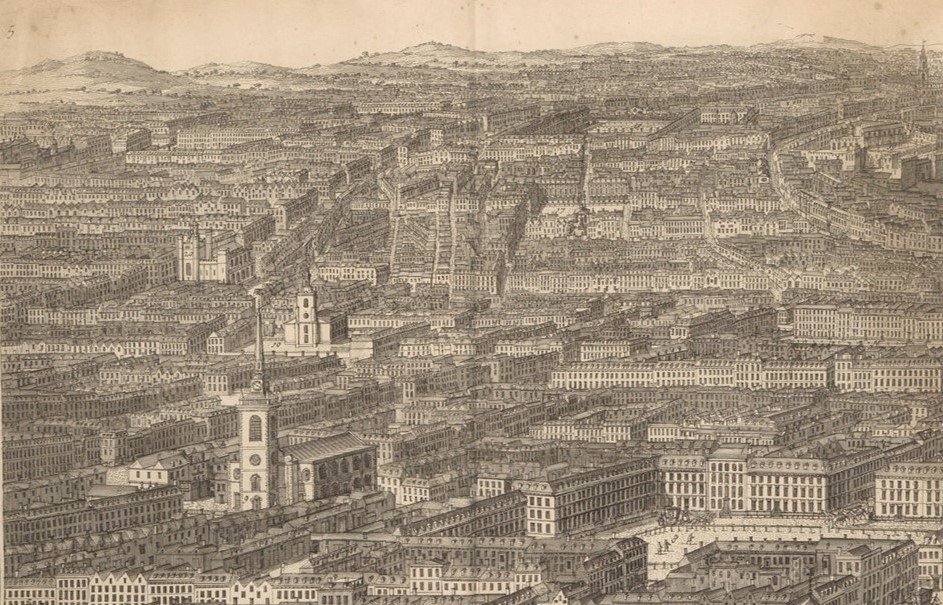PAST TALKS 2020
5 March 2020
Of Hubris, Immorality, and Defeat: The Rome Hilton
DAVIDE SPINA
gta Institute, ETH Zurich
![]()
In 1950, the Italian real estate developer Società Generale Immobiliare (SGI) and Hilton Hotels International (HHI) teamed up to build a hotel on top of Monte Mario, the highest hill in Rome. In 1963, after years of controversy, the Rome Hilton was ready. The building would become the epitome of capitalist hubris and have a lasting impact on Roman architectural discourse and Italian historiography. It would not, however, become part of the canon. This presentation will expound the reasons behind this damnatio memoriae by recounting the history of the Rome Hilton as a product of tensions between American and Italian architectural and leisure cultures in the post-war period. The text is an abridged version of the second-to-last chapter of my PhD dissertation, which examines SGI’s activities in Rome from 1945 to 1973, and in particular the company’s land politics, built residential work, organisation of work, agency as an architectural patron, import of French construction technology and American building types, and influence on Italian architectural discourse.
5 March 2020
Of Hubris, Immorality, and Defeat: The Rome Hilton
DAVIDE SPINA
gta Institute, ETH Zurich

Printing for the ‘City-Builder’:
London and the Emergence of the Building Guide (1650–1720)
GREGORIO ASTENGO
gta Institute, ETH Zurich

This lecture traces the emergence of the building guide as a literary genre tailored to instruct the 17th-century ‘City-Builder’ in the operative knowledge necessary to navigate the complexities of the London building world. Over the second half of the 17th century, more than fifty building guides appeared in London, delineating basic procedures for managing construction, like surveying land, calculating interest rates, purchasing building materials and supervising contactors.
The London building guide is examined as an original form of publication with a long afterlife, uniquely tailored to formalise and regulate the network of stakeholders and finance of real estate markets, and therefore born largely alongside, rather than within, a tradition of architectural publishing.